The Modern Full-Back: From Defensive Anchor to Versitile Weapon
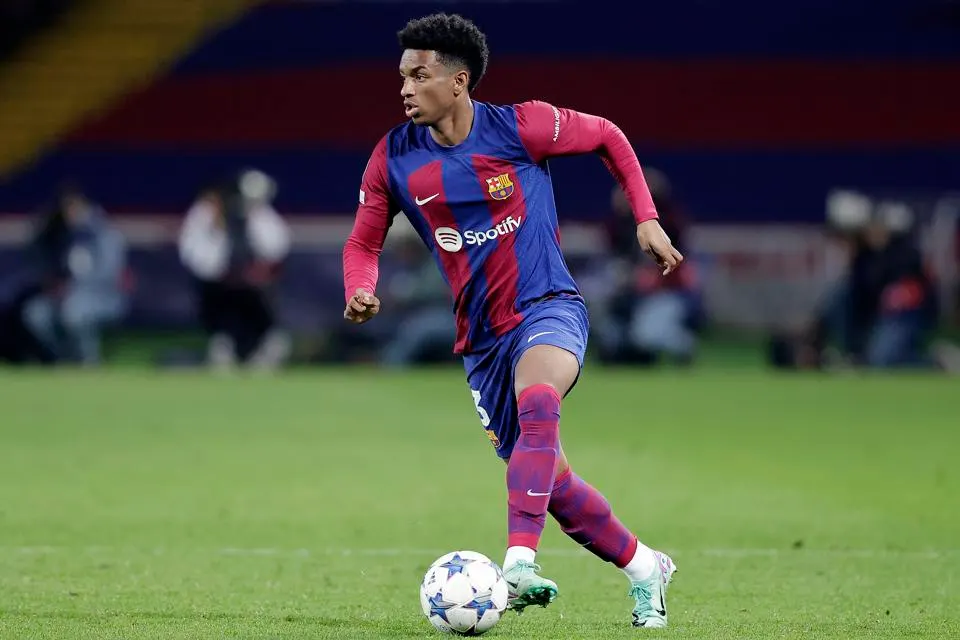
The modern full-back role has changed more than almost any other position in modern football. Once considered purely defensive, today’s full-backs are one of the the most important players on the pitch, dictating play, contributing creatively, and offering tactical flexibility. Welcome to the era of the modern full-back.
Table of Contents
The Traditional vs The Modern Full-Back
In the past, full-backs were primarily defenders. Their responsibilities were very clear: stay wide, mark the opponent’s wingers and offer the overlapping run only if possible. Think of players like Gary Neville or Paolo Maldini in his full-back days: steady, disciplined, and rarely crossing the halfway line.
Fast forward to 2025, and full-backs are doing almost everything. They’re expected to attack, create, press, and even play as midfielders in certain systems. The shift has been driven by managers looking to dominate possession and space in new ways.

How Managers Use Modern Full-Backs Differently
Pep Guardiola – Inverted Full-Backs
At Manchester City, Guardiola revolutionized the modern full-back role with players like João Cancelo and Rico Lewis. These full-backs step into midfield during build-up, creating overloads and supporting ball circulation. The result? A fluid 3-2-4-1 formation in possession that dominates central zones.
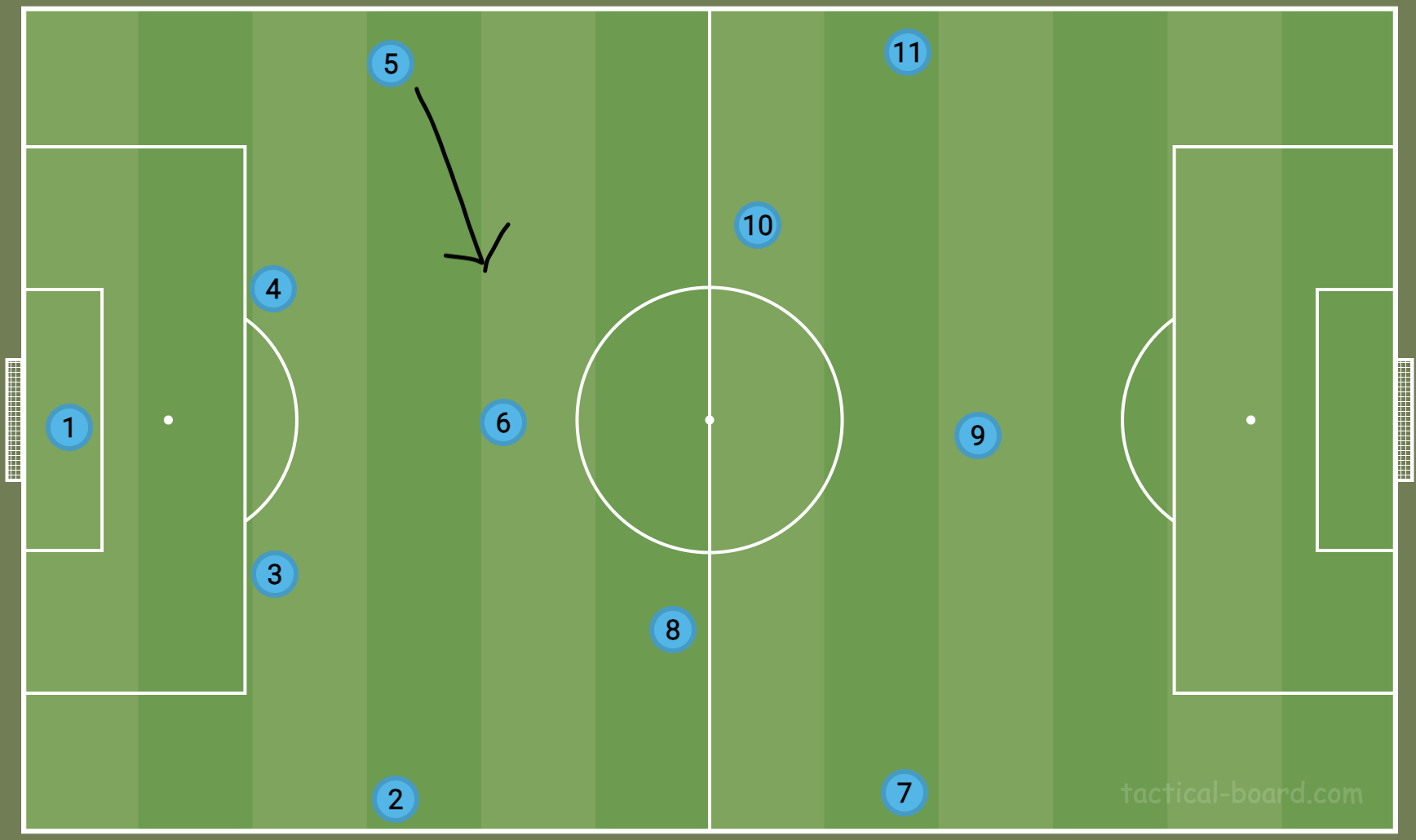

Jürgen Klopp – Creators from Wide
Klopp’s system at Liverpool relied on full-backs as important creators. Trent Alexander-Arnold and Andy Robertson provided width, but also delivered key passes, switches of play, and crosses. Under Klopp, full-backs are playmakers, not just runners.
Diego Simeone – Defensive Full-Backs
Simeone stays true to the defensive roots. Players like Nahuel Molina get into a back five, focus on shutting down wide threats, and only push forward when needed. It’s a more traditional use but adapted for modern intensity.
Xabi Alonso – Wing-Back Weapons
At Bayer Leverkusen, Xabi Alonso uses a 3-4-2-1 formation where Alex Grimaldo and Jeremie Frimpong operate as advanced wing-backs. Their high positioning allows them to constantly join attacks, provide width, and even score goals, turning Leverkusen into one of Europe’s most dynamic attacking sides.
Hansi Flick – High & Wide at Barcelona
New Barcelona boss Hansi Flick uses his full-backs, primarily Alejandro Balde and Jules Koundé, in aggressively high positions. They often push up like wingers, allowing Barcelona’s wide forwards to drift centrally or rotate with midfielders. This adds unpredictability and fluidity to the team’s attacking structure.

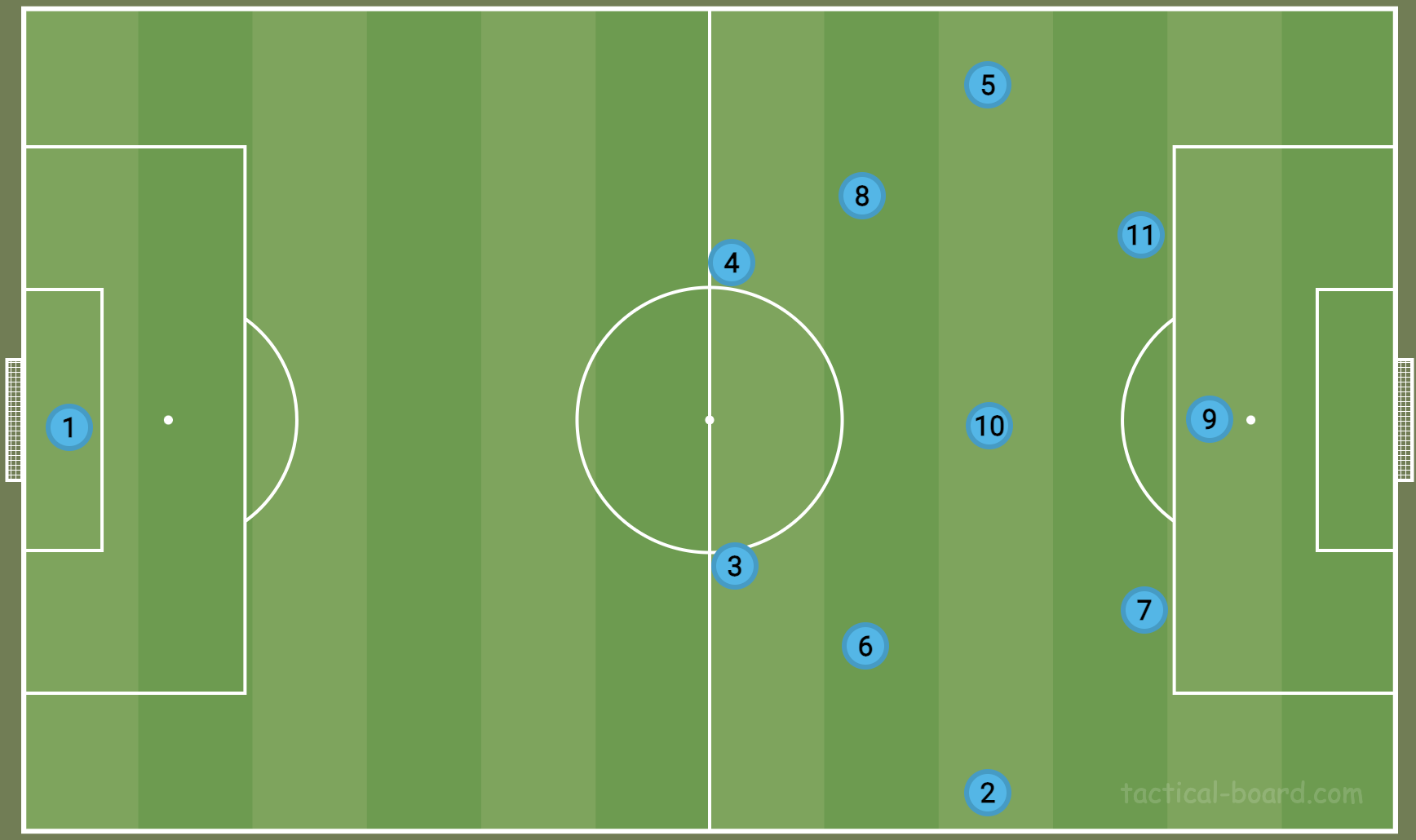
Types of Modern Full-Backs (With Player Examples)
The modern full-back is no one-size-fits-all anymore. Modern systems use different types of full-backs based on tactical needs.
1. Inverted Full-Back
Steps into midfield during build-up to create a overload in central positions.
Examples: Rico Lewis

2. Overlapping Full-Back
Makes wide runs beyond the winger to stretch play, distract opponent defenders and make crosses.
Examples: Achraf Hakimi, Denzel Dumfries, Alejandro Baldé
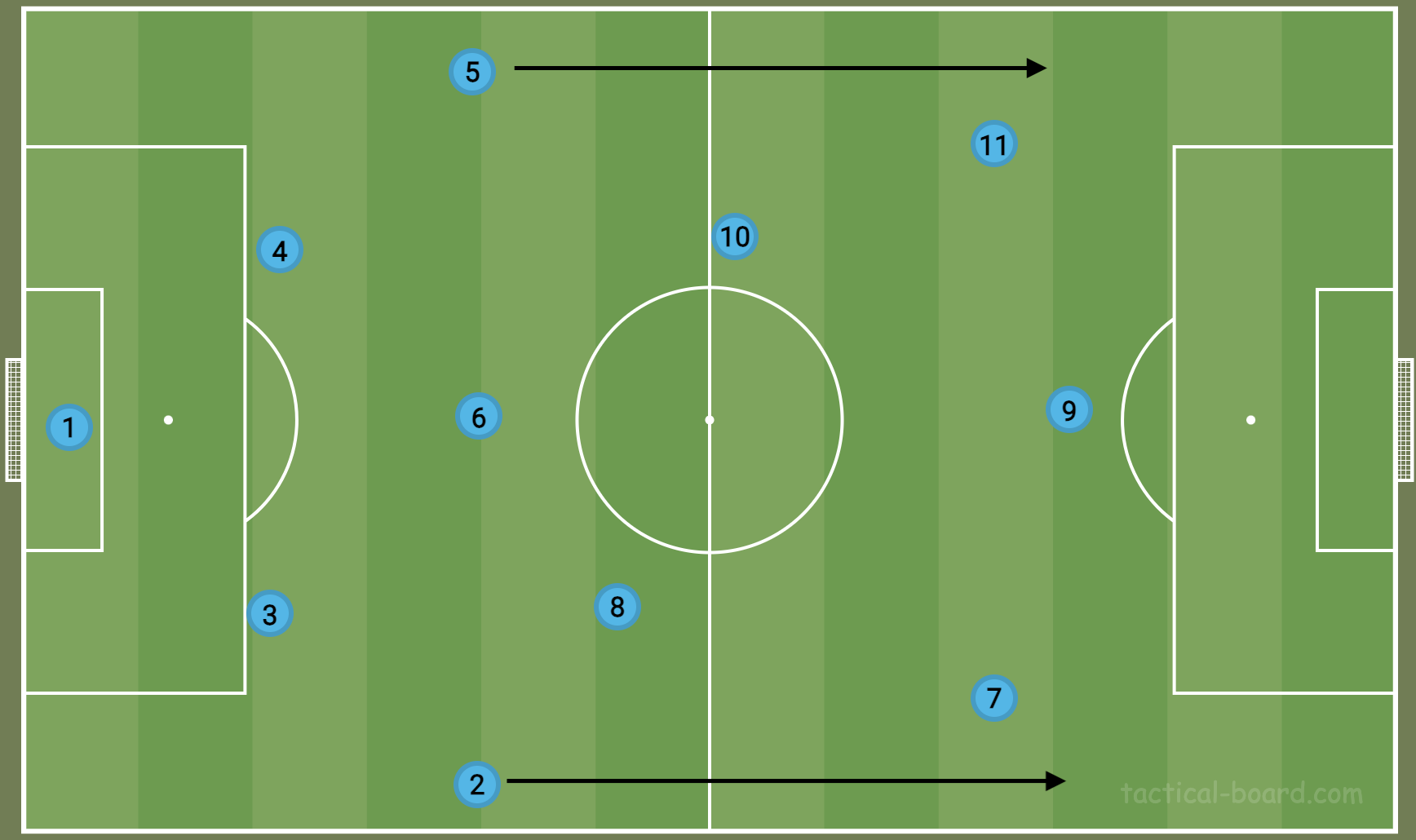
3. Underlapping Full-Back
Cuts inside from the winger, running into half-spaces to create danger.
Examples: Alejandro Grimaldo, Ben White
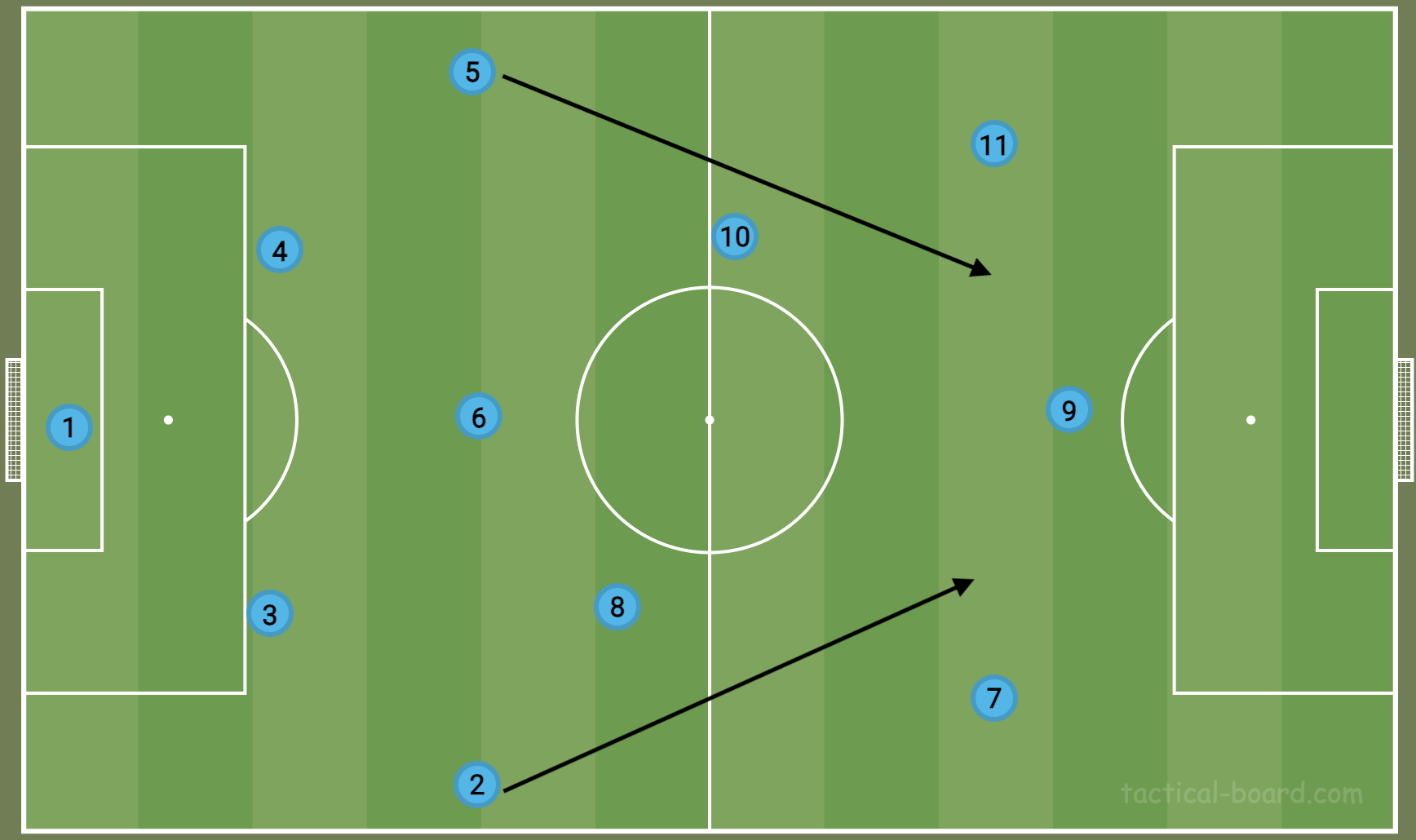
4. Deep-Lying Creator Full-Back
Stays deeper and builds play from the back with long passes and being an available option to receive the ball in build-up, often in a more dedicated area.
Examples: Trent Alexander-Arnold, Joshua Kimmich
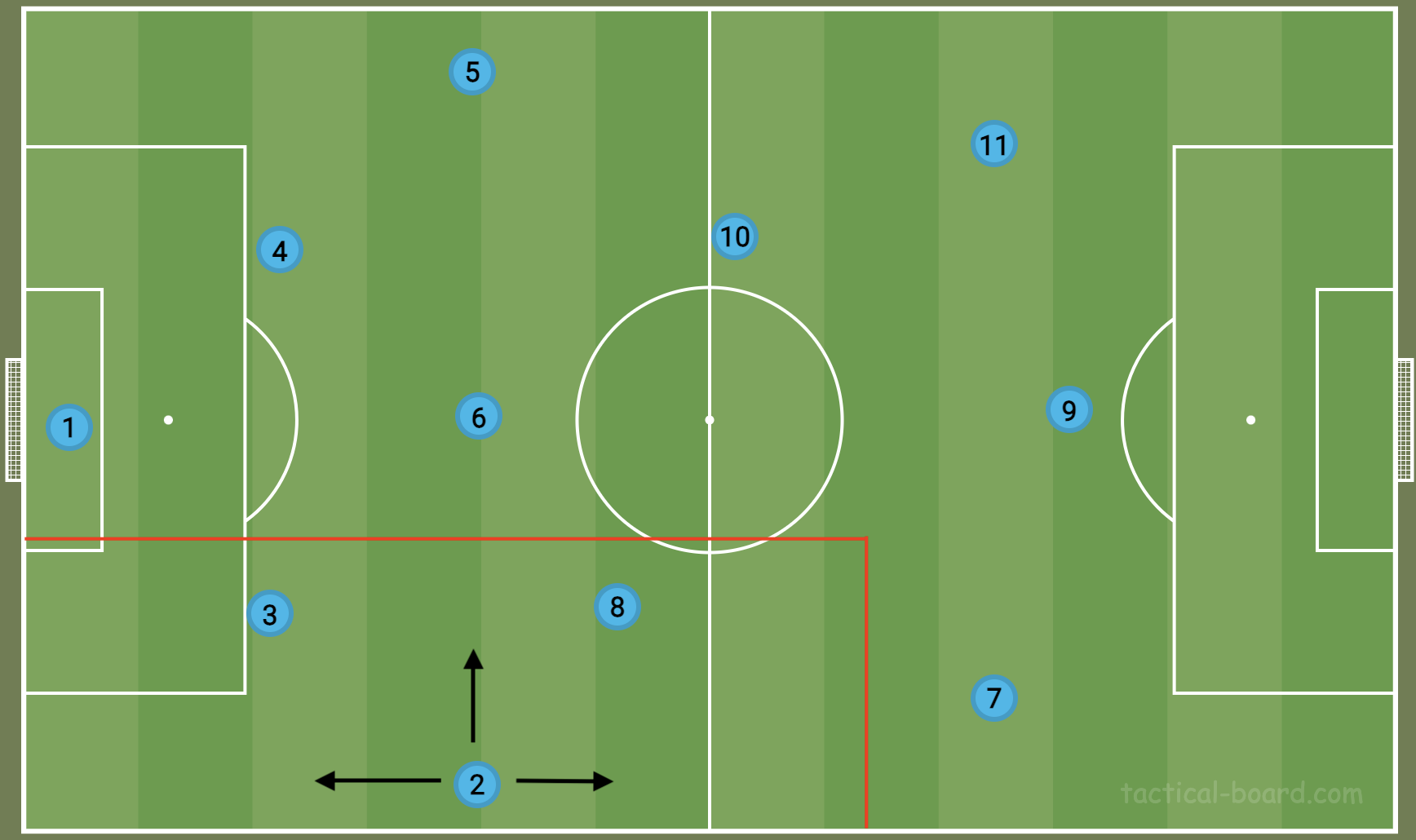
How the Modern Full-Back Shapes the Game
Tactically, full-backs are reshaping formations. We often see:
- Asymmetrical setups with one full-back inverting and the other overlapping.
- Back-three formations built during possession by pushing one full-back high and keeping one deep.
- 3-2 build-up shapes with a full-back next to the defensive midfielder for control (Rodri and Lewis at manchester City).
They are critical in pressing, counter-pressing, and transition play, often covering the most distance in a match.
Conclusion
The rise of the modern full-back shows just how fast football evolves. From being stay-back defenders to becoming midfield creators and tactical chess pieces, today’s full-backs are shaping how the game is played at the highest level. As managers continue to experiment, don’t be surprised if the role becomes even more important in seasons to come.
Who do you think is the best full-back at the moment? Leave a comment below and share your thoughts! Also, join the conversation on Instagram, where we discuss the latest matches, tactics, and key moments.

1 thought on “The Modern Full-Back: From Defensive Anchor to Tactical Weapon”
Loved it!